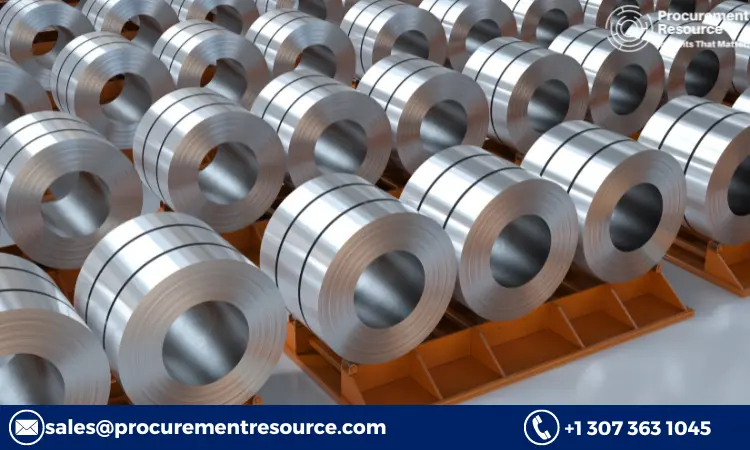Copper is a versatile metal essential for various industries, including electrical, construction, and transportation. The copper production process involves several stages, from mining the ore to refining the metal. This article provides a detailed overview of the copper production process, highlighting the key steps and technologies involved.
1. Mining
a. Extraction
Copper production begins with the extraction of copper ore from the earth. This can be done through two primary methods:
- Open-Pit Mining: This method is used when copper ore is found close to the earth’s surface. Large holes are dug into the ground to extract the ore.
- Underground Mining: This method is used when copper ore is located deeper beneath the surface. Tunnels and shafts are created to access the ore.
b. Crushing and Grinding
Once the ore is extracted, it undergoes crushing and grinding to reduce the size of the ore particles and liberate the copper minerals. This is typically done in several stages:
- Primary Crushing: Large pieces of ore are crushed into smaller chunks.
- Secondary Crushing: The ore is further crushed to finer particles.
- Grinding: The crushed ore is ground into a fine powder in ball mills or rod mills.
2. Concentration
The ground ore is then subjected to a concentration process to increase the copper content. The most common method used is froth flotation:
- Froth Flotation: The powdered ore is mixed with water and chemicals to form a slurry. Air is blown through the slurry, causing the copper minerals to attach to bubbles and float to the surface, forming a froth. The froth is skimmed off, producing a concentrated copper solution.
Request For Free Sample: https://www.procurementresource.com/resource-center/copper-price-trends/pricerequest
3. Smelting
The concentrated copper solution is then processed through smelting to extract the copper metal:
a. Roasting
- Roasting: The concentrate is heated in the presence of oxygen in a furnace, converting sulfide minerals into oxides and releasing sulfur dioxide gas.
b. Smelting
- Matte Smelting: The roasted concentrate is mixed with silica and other materials and heated in a furnace. This produces a molten mixture called matte, which contains copper, iron, and sulfur.
- Converting: The matte is transferred to a converter furnace, where air or oxygen is blown through it to oxidize the iron and sulfur, leaving behind molten copper, known as blister copper (approximately 98-99% pure).
- Froth Flotation: The powdered ore is mixed with water and chemicals to form a slurry. Air is blown through the slurry, causing the copper minerals to attach to bubbles and float to the surface, forming a froth. The froth is skimmed off, producing a concentrated copper solution.
4. Refining
The blister copper undergoes further refining to achieve higher purity levels:
a. Fire Refining
- Fire Refining: The blister copper is heated in a refining furnace, and impurities are removed by oxidation and skimming off slag. This process produces anode copper (approximately 99.5% pure).
b. Electrolytic Refining
- Electrolytic Refining: The anode copper is placed in an electrolytic cell containing an acidic copper sulfate solution. An electric current is passed through the cell, causing pure copper to deposit on the cathode while impurities settle at the bottom or remain in solution. This process produces high-purity cathode copper (99.99% pure).
5. Casting and Fabrication
The refined copper is then cast into various shapes and fabricated into products:
a. Casting
- Continuous Casting: The copper is poured into molds to create shapes like rods, billets, or slabs. Continuous casting processes allow for the production of long lengths of copper products.
- Ingot Casting: For certain applications, copper is cast into large ingots that are further processed.
b. Fabrication
- Rolling: Copper slabs are rolled into sheets, strips, or plates.
- Extrusion: Copper billets are extruded into tubes, pipes, and other profiles.
- Drawing: Copper rods are drawn into wires of various diameters.
Environmental and Regulatory Considerations
The copper production process has environmental impacts that must be managed:
- Waste Management: Proper disposal and treatment of mining waste, tailings, and slag are essential to prevent environmental contamination.
- Air Emissions: Controlling emissions of sulfur dioxide and other pollutants from smelting and refining processes is crucial for air quality.
- Water Usage: Efficient use and treatment of water in mining and processing operations are necessary to minimize water pollution.
Future Outlook
The copper industry continues to evolve with advancements in technology and sustainability practices:
- Technological Innovations: Advances in mining techniques, automation, and process optimization improve efficiency and reduce costs.
- Sustainability Initiatives: Increasing focus on sustainable mining practices, recycling of copper products, and reducing environmental impact are driving industry changes.
- Demand Growth: Rising demand for copper in renewable energy, electric vehicles, and electronics is expected to drive future production and innovation.
Conclusion
The production of copper involves a complex series of steps, from mining the ore to refining the metal. Each stage of the process is critical to ensure the quality and purity of the final product. As technological advancements and sustainability initiatives continue to shape the industry, the copper production process will become more efficient and environmentally friendly, meeting the growing demand for this essential metal.
